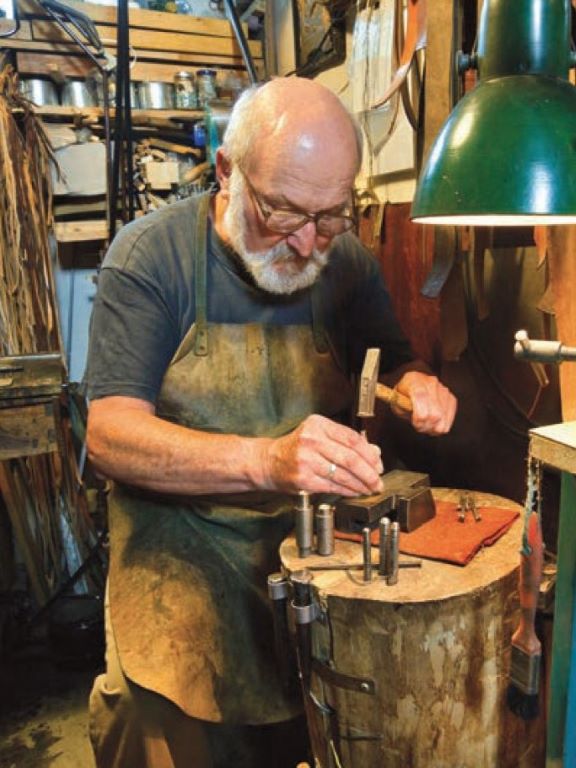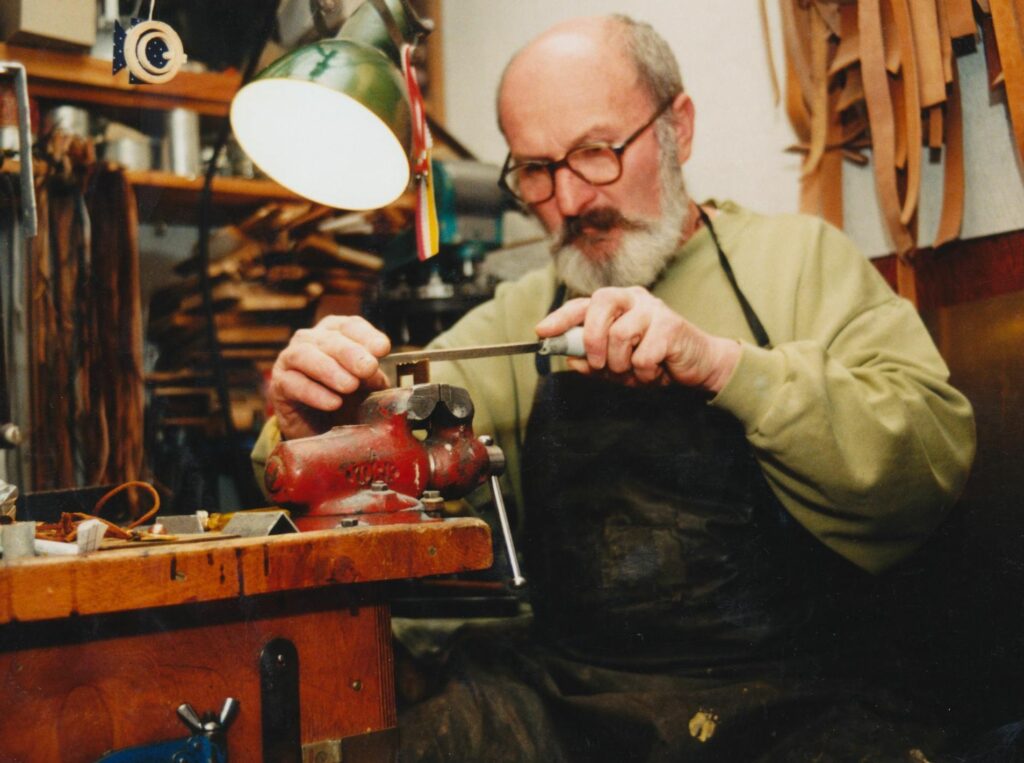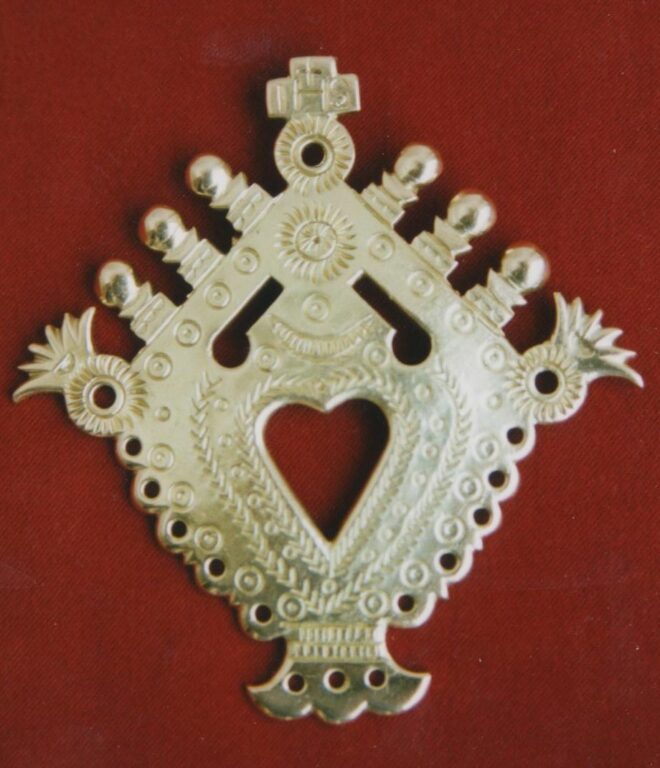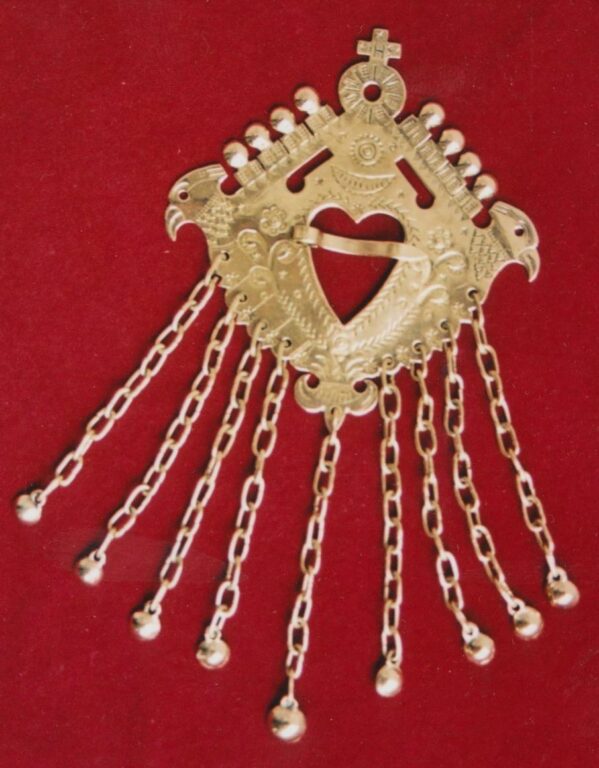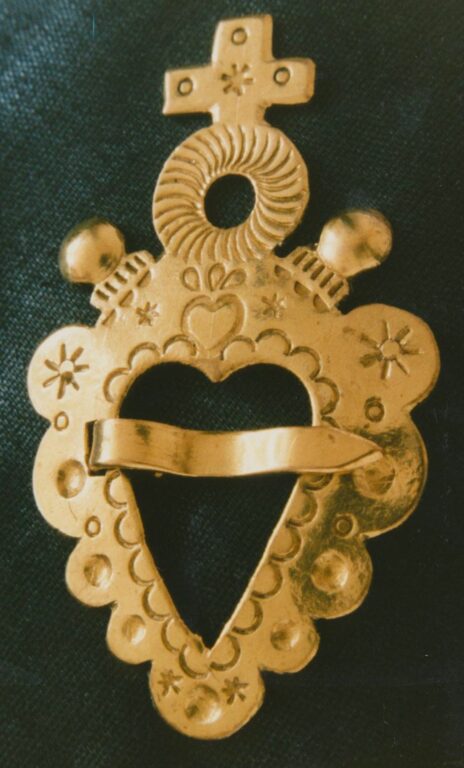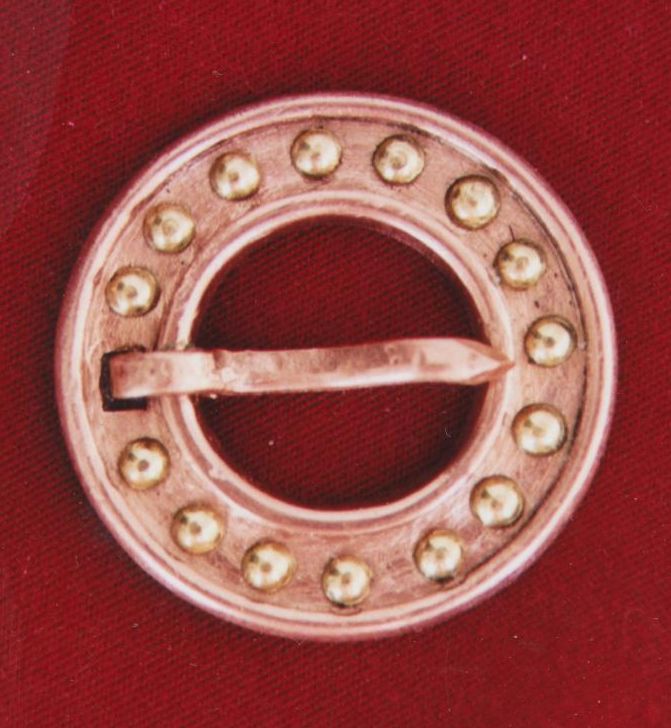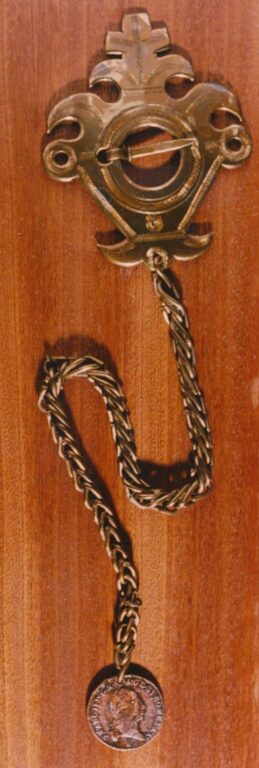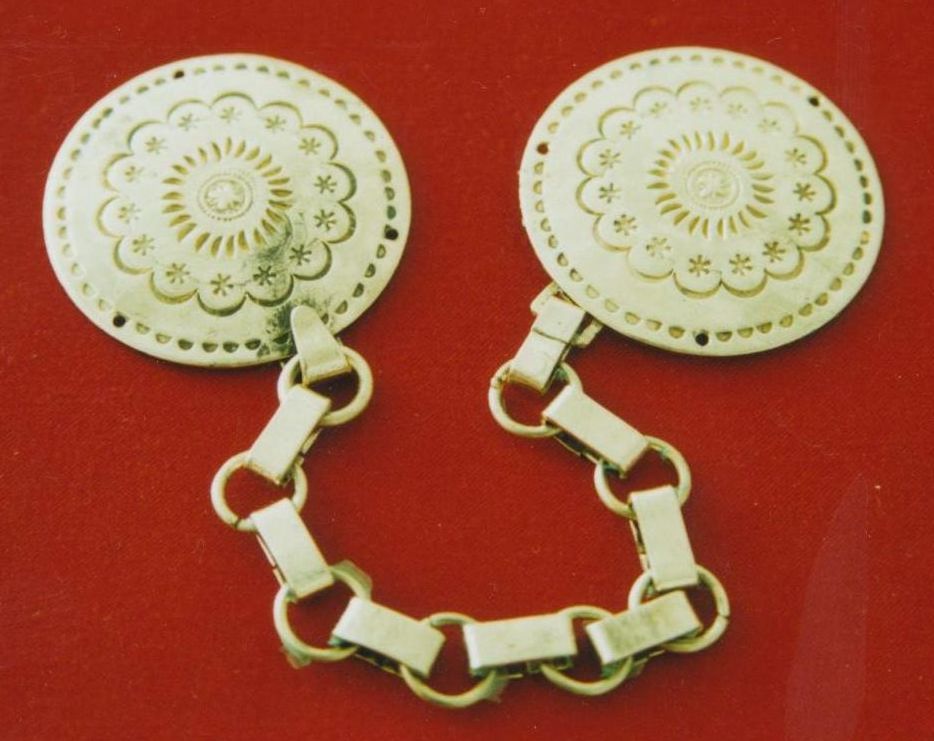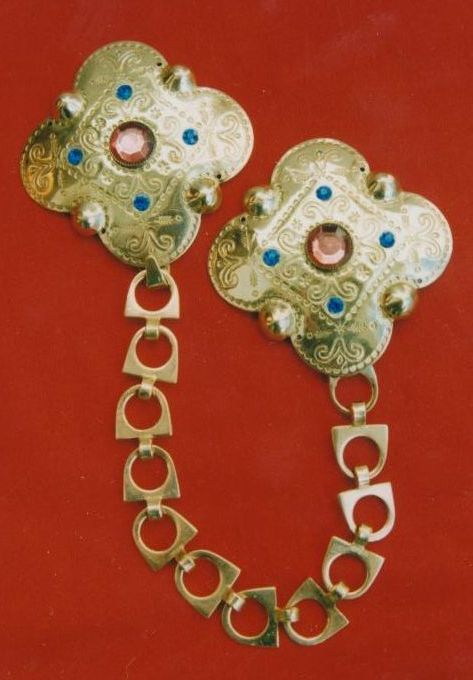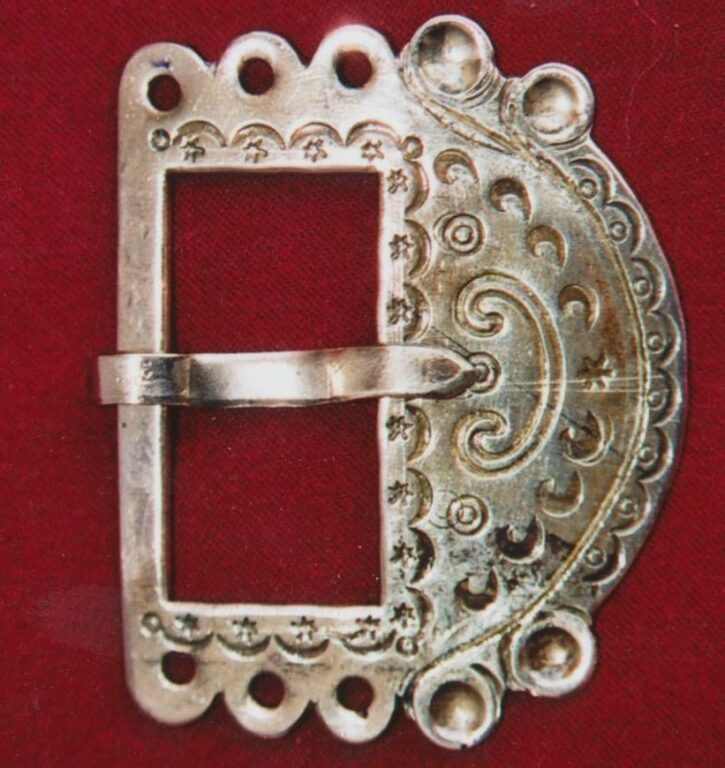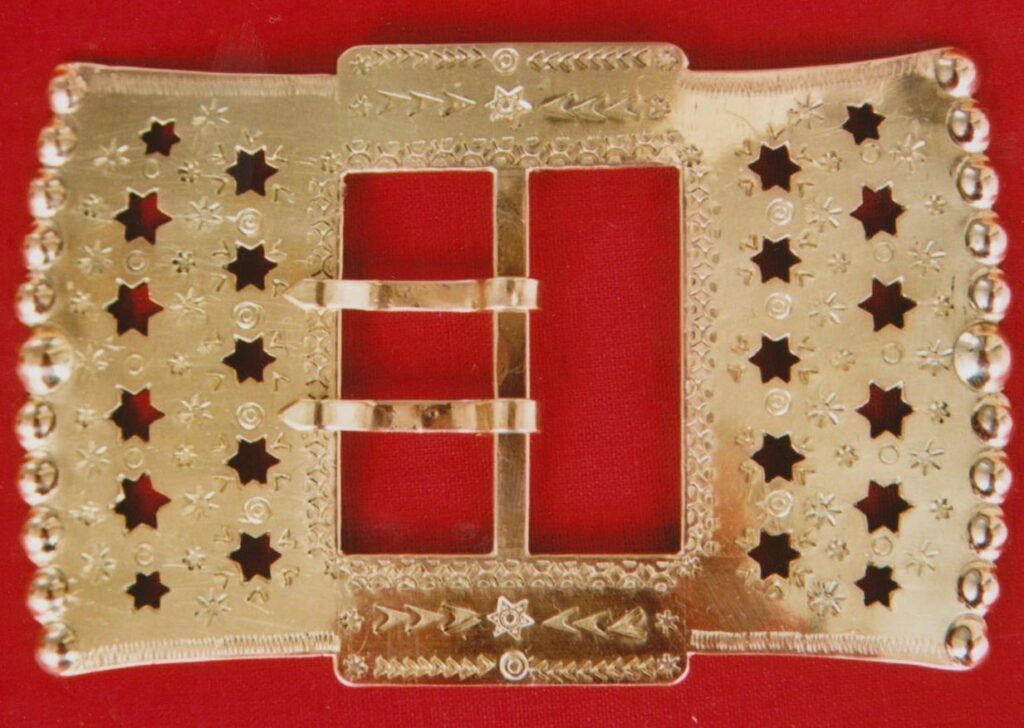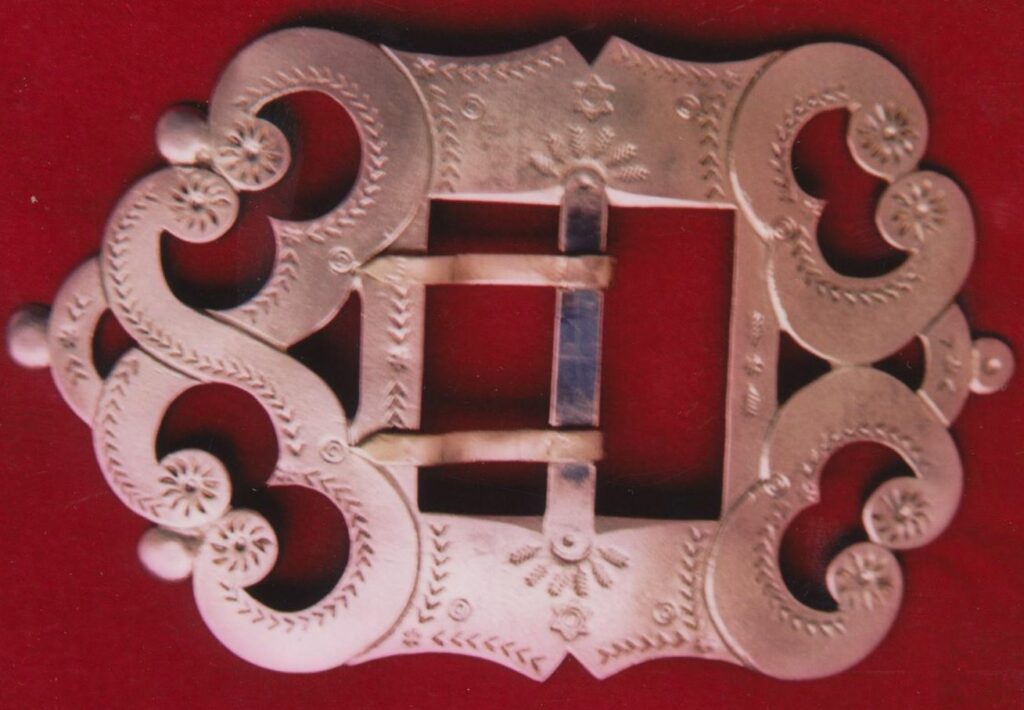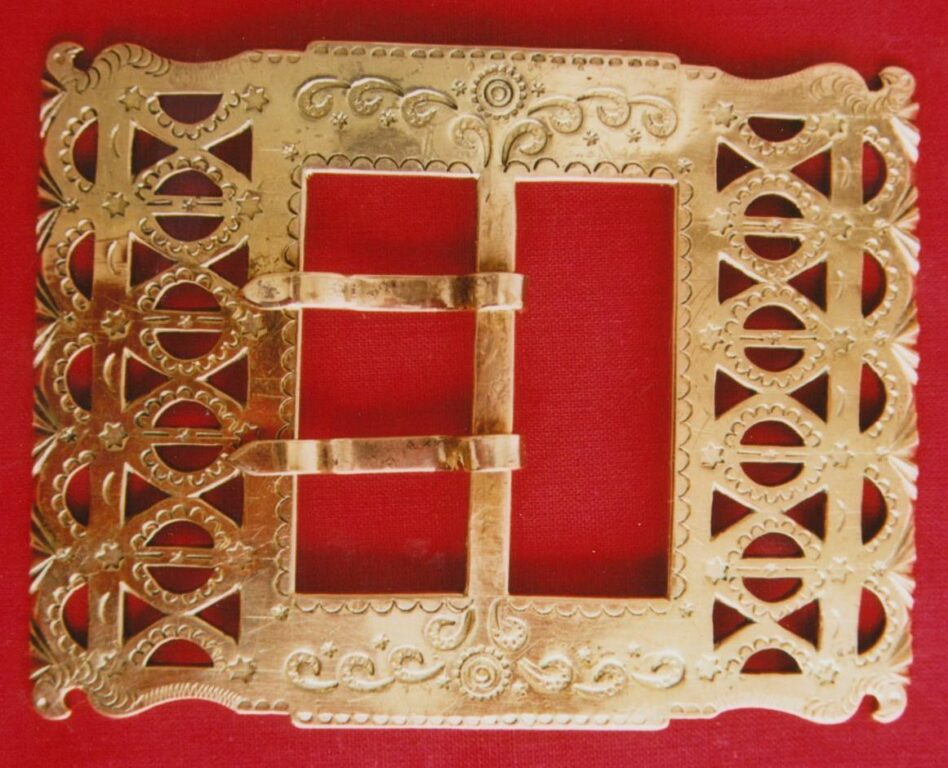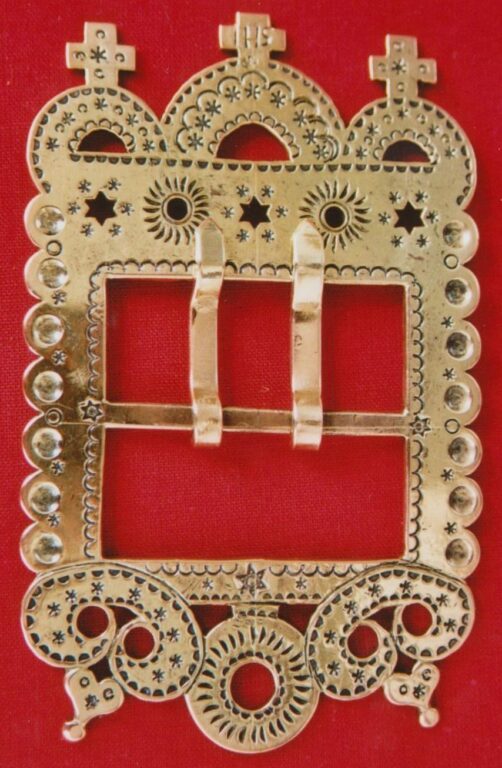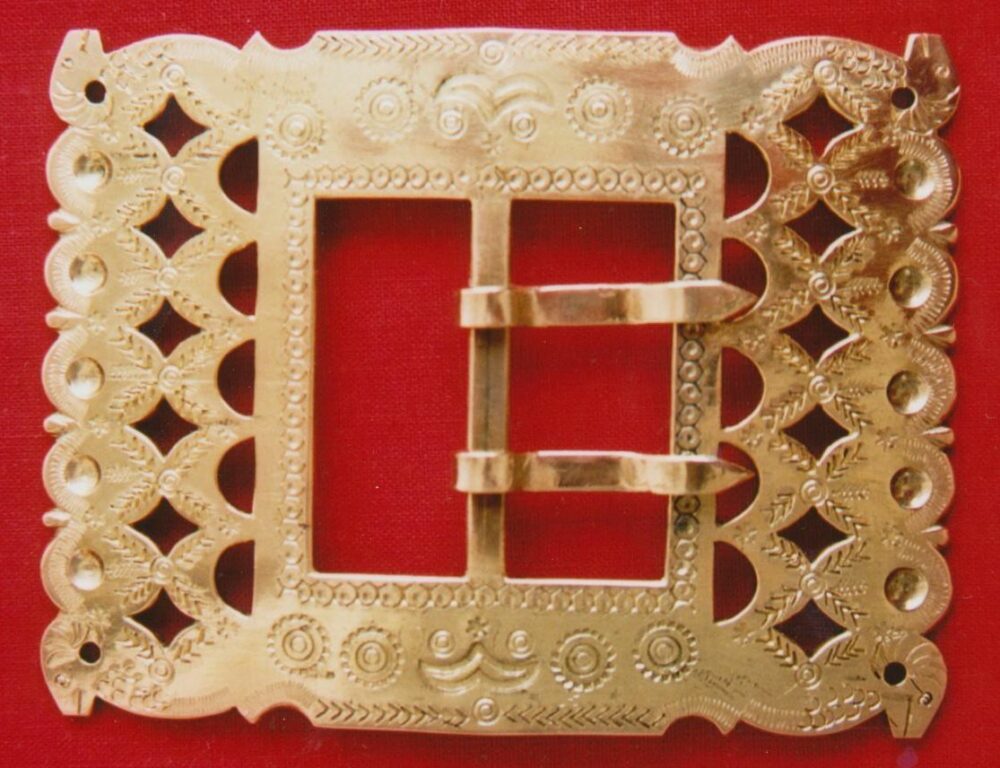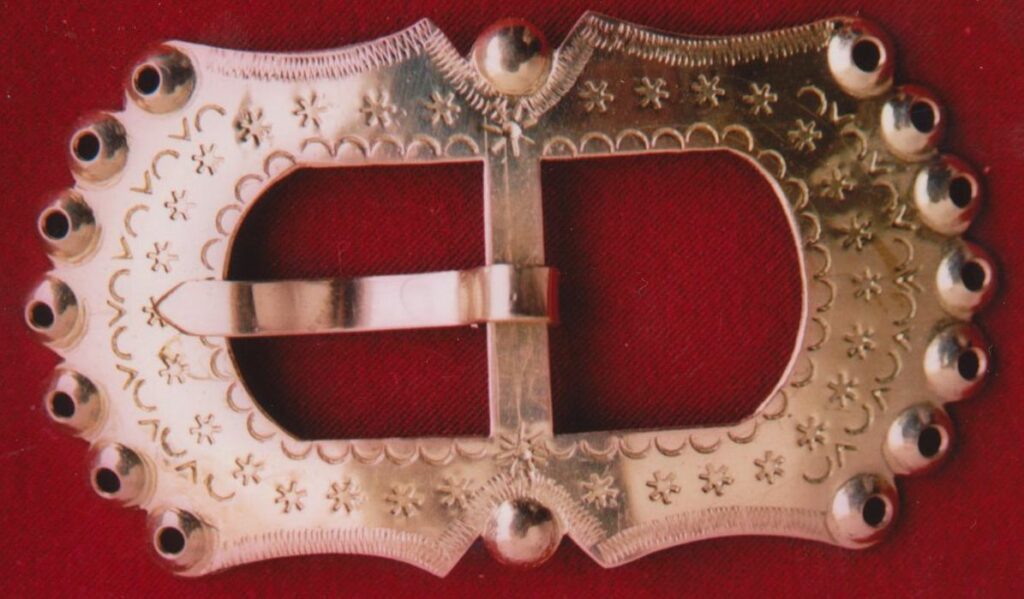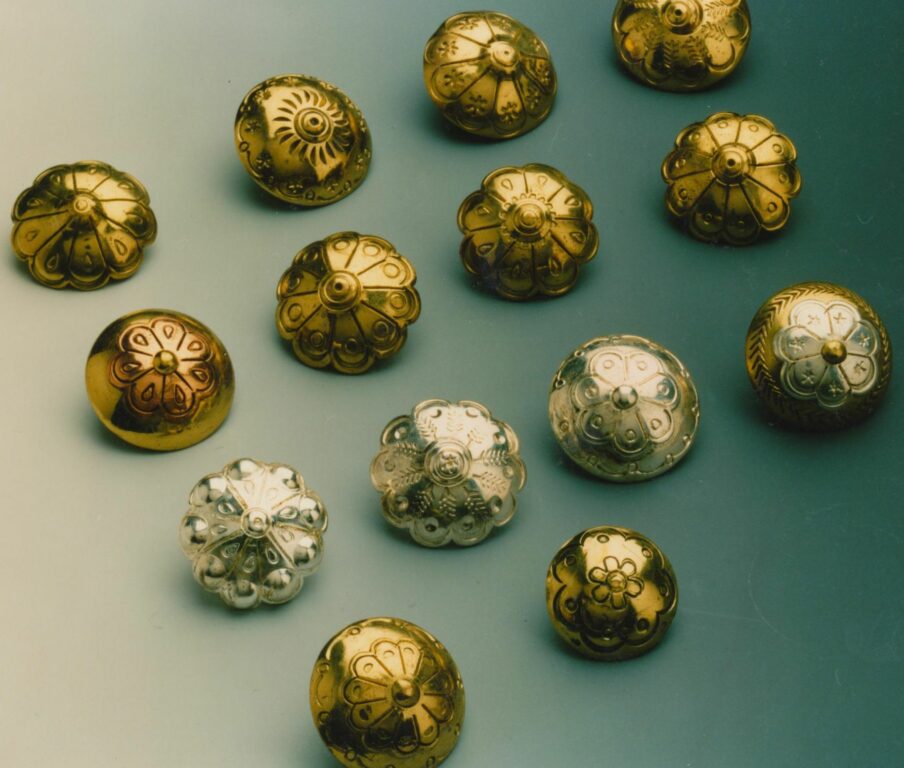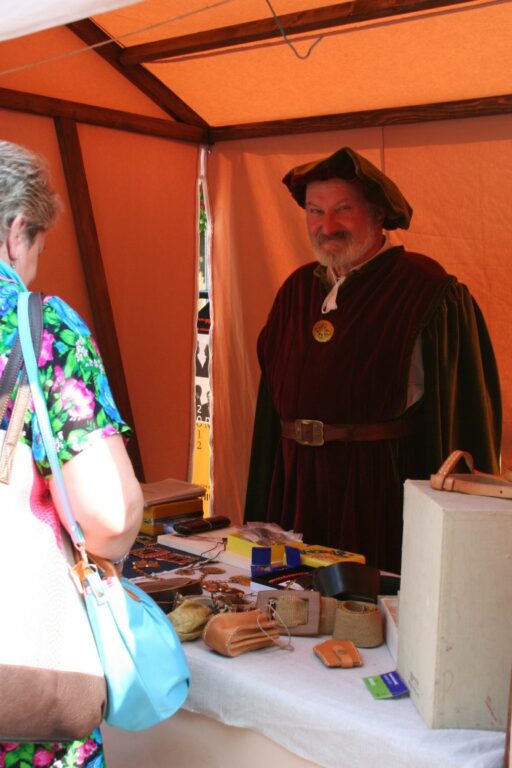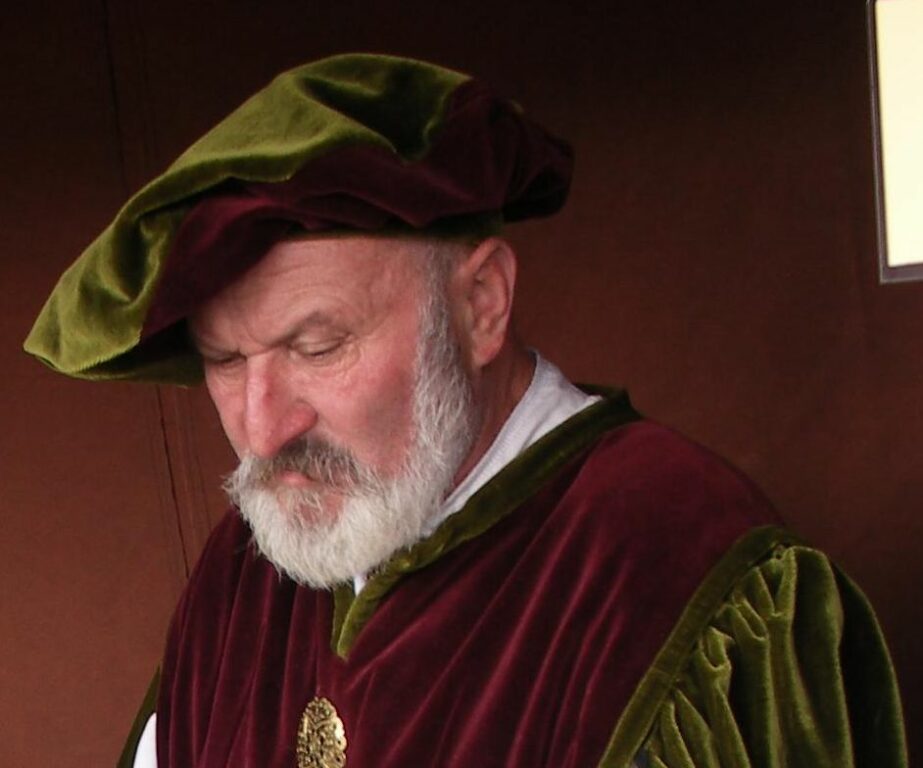He inherited a passion for craftsmanship from his grandparents. One grandfather was a cooper, the other a blacksmith. In addition, he devoted many years to folk dance, so his adulthood pursuit of making brass jewelry was not a coincidence. Traditional jewelry as part of folk costumes was practically functional and his sense of capability drew him to its production. A...
He inherited a passion for craftsmanship from his grandparents. One grandfather was a cooper, the other a blacksmith. In addition, he devoted many years to folk dance, so his adulthood pursuit of making brass jewelry was not a coincidence.
Traditional jewelry as part of folk costumes was practically functional and his sense of capability drew him to its production. A turning point in transitioning from theory to practice came when he saw master Jozef Lenhart’s works at a festival in Východná. His exceptional pieces captivated him. Thanks to his profession as a mechanical engineer at the Military Repair Works in Banská Bystrica, Ivan Rosinský possessed excellent knowledge of working with metal materials and had a knack for precision and creativity.
He was self-taught in jewelry making. Seeking style, motifs, and shapes in literature, at fairs with artisans, in folk art exhibitions, and in ÚĽUV stores. He crafted his first simple belt buckle for men’s shirts at the end of the 1960s. Later, he stylized this product based on the original elongated-shaped buckle from Pohorelá, which he came across, even adopting the 1.5-2 mm metal sheet thickness, thus visually aligning with the original jewelry crafting technique through casting. Jewelry was crafted from brass and alpaca sheets by cutting, filing, and hammering. Simpler shapes gradually evolved into more complex ones. Embellishments were mostly created through stamping or engraving.
His product range included rings, buttons, hairpins, brooches, and heart-shaped, round, and other-shaped clasps for men’s shirts, brass studs for bracelets, pockets, and bells. Special attention was given to belt and pocket clasps. They had boat-like or square shapes with rich ornamental embellishments.
Decorations were inspired by regional specifics observed from older originals, which he adapted to his own capabilities and ideas. The range was complemented by leather products – pockets, belts, knife sheaths – and stylized jewelry set with semi-precious stones.
Every three years, he presented his work at the all-Slovak exhibition “Creative Interests of Man” in Ružomberok, where he was awarded in 2005 for his collection of shirt clasps. He regularly participated in folk craft fairs within folk festivals in Detva, Východná, and Kežmarok. Additionally, by wearing period attire as a craftsman, he enhanced the atmosphere of the traditional Radvanský fair in Banská Bystrica and the ÚĽUV Masters’ Days in Bratislava.
The title of Master of Folk Art in the field of metalwork was bestowed upon him in 2012 for preserving traditional folk jewelry production.
(Source: Chruščová, K.: Beauty of Brass. In: Craft, Art, Design. 14, 2013, No. 4, pp. 18-19)
